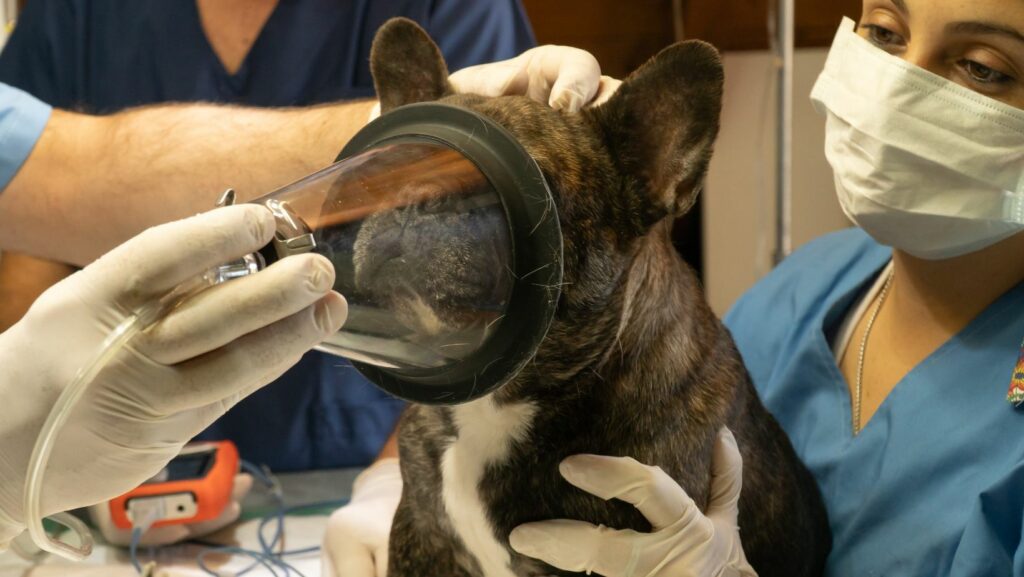Selling a veterinary practice can be one of the most significant financial and emotional decisions in a veterinarian’s career. After years—often decades—of dedicated care and building relationships with clients and their pets, deciding to let go of your practice is never easy. However, with careful planning, market insight, and strategic execution, you can turn your practice into a high-value asset and walk away with a substantial profit. Whether you’re planning to retire or pursue a new opportunity, this guide outlines how to position your vet practice for a profitable sale.
1. Understand What Buyers Are Looking For
To sell your veterinary practice for top value, you need to understand what potential buyers care about. Most buyers—whether individuals, consolidators, or corporate chains—are looking for a stable, well-run business with predictable earnings, strong client loyalty, and minimal risk. Key features that add value include:
-
- Consistent revenue and profit margins
-
- Well-trained, reliable staff who are likely to stay post-sale
-
- A solid client base with recurring appointments
-
- Efficient business operations and up-to-date technology
-
- Compliance with legal and veterinary standards
If your practice demonstrates these qualities, you’re more likely to attract competitive offers.
2. Get Your Financials in Order
Buyers will scrutinise your finances. Messy books or unexplained gaps in income can drastically lower your sale price. Before you list your practice for sale, work with a financial advisor or accountant who understands veterinary practices to clean up your financial records.
Ensure you have:
-
- At least three years of accurate financial statements
- Clear records of revenue, expenses, and profits
- An understanding of adjusted earnings (EBITDA or SDE)
- Documentation of equipment value, inventory, and debts
Presenting transparent, well-organised financials builds trust and justifies your asking price.
3. Focus on Curb Appeal – Physically and Digitally
First impressions count—both in the physical appearance of your practice and its online presence. If your facility looks outdated, poorly maintained, or cluttered, buyers may assume deeper problems. Simple upgrades like fresh paint, new signage, or improved lighting can dramatically boost appeal.
In today’s world, your digital presence is just as important. Make sure your website is modern, mobile-friendly, and up to date. A solid online reputation—with positive reviews on Google and social media—can make your practice more attractive and signal loyal client relationships.
4. Know Your Value: Get a Professional Valuation
Too many owners go into the sale process blind, either undervaluing or overvaluing their practice. Both can cost you. A formal valuation by a professional who specialises in veterinary practices is essential. Vet practice sales often hinge on accurate, data-driven valuations that reflect the true earning potential of the business. They’ll assess financial performance, market trends, local competition, and intangible assets like goodwill.
This valuation will help you:
-
- Set a realistic and competitive asking price
-
- Defend your pricing during negotiations
-
- Identify areas to improve before listing
You may also discover untapped value—for example, if your building is included in the sale or if your client base has grown significantly.
5. Decide When to Sell
Timing can have a big impact on your sale price. Ideally, you want to sell when your practice is at its peak—strong revenue, solid team, growing client base. Selling in a slump or after a personal burnout may result in a lower sale price.
Additionally, market conditions matter. The veterinary industry has seen increased interest from corporate buyers and private equity groups in recent years. Taking advantage of this demand can help you achieve a better deal.
6. Prepare Your Team for the Transition
Your team can be one of your greatest assets—or biggest risks—during a sale. Buyers often worry that staff will leave after the transition, leading to service disruptions and lost clients.
To counter this:
-
- Build a dependable leadership team that can operate independently
-
- Consider retention bonuses for key staff to encourage them to stay
-
- Be transparent with your team (as much as you can) to maintain trust
A stable, motivated staff reassures buyers and strengthens your bargaining position.
7. Work with the Right Professionals
Selling a veterinary practice is complex. Surround yourself with experts who can guide you through legal, financial, and logistical aspects. This includes:
-
- A veterinary-specific broker or consultant
- A lawyer experienced in healthcare or practice sales
- An accountant familiar with tax implications of the sale
The right professionals will help you avoid costly mistakes, navigate due diligence, and secure the most favourable deal terms.
8. Consider Deal Structures and Tax Implications
Don’t just look at the top-line sale price—how the deal is structured matters. You might receive an all-cash deal, a seller-financed arrangement, or an earn-out based on future performance. Each has different implications for your taxes and risk exposure. Work with your accountant or financial advisor to:
-
- Understand capital gains taxes
-
- Evaluate whether an asset sale or stock sale is more beneficial
-
- Plan your post-sale financial strategy
Getting this right can mean tens or even hundreds of thousands more in your pocket.
Selling your veterinary practice is more than just listing it on the market—it’s a process that requires planning, strategy, and the right team. By understanding what drives value, preparing your business properly, and timing your sale smartly, you can turn years of hard work into a profitable exit. With the veterinary industry in high demand, now may be the perfect time to start preparing. Don’t leave money on the table—position your practice for success and secure the financial future you deserve.



